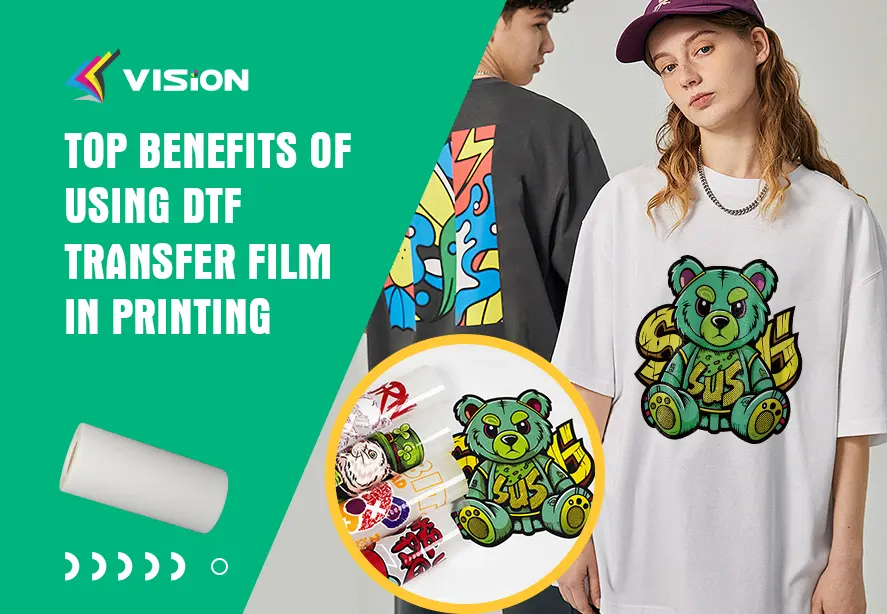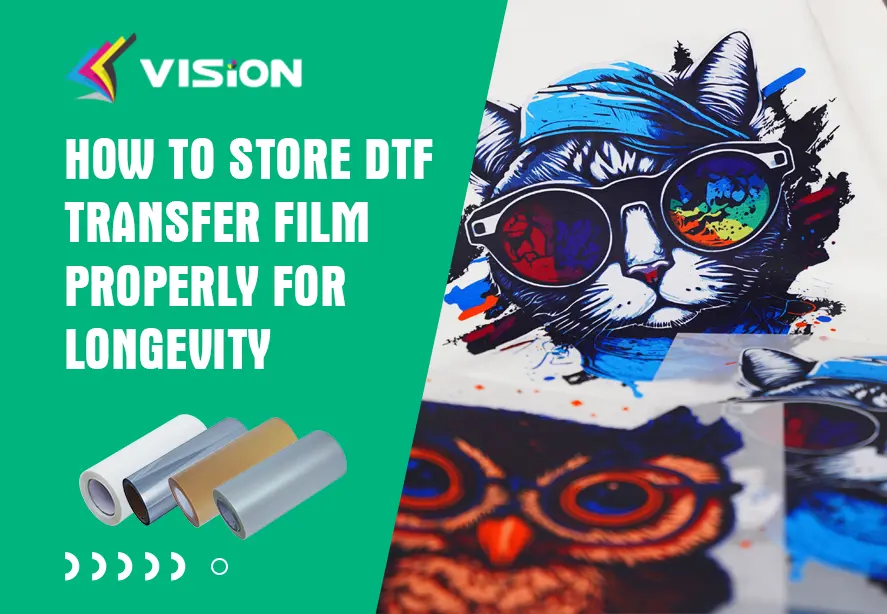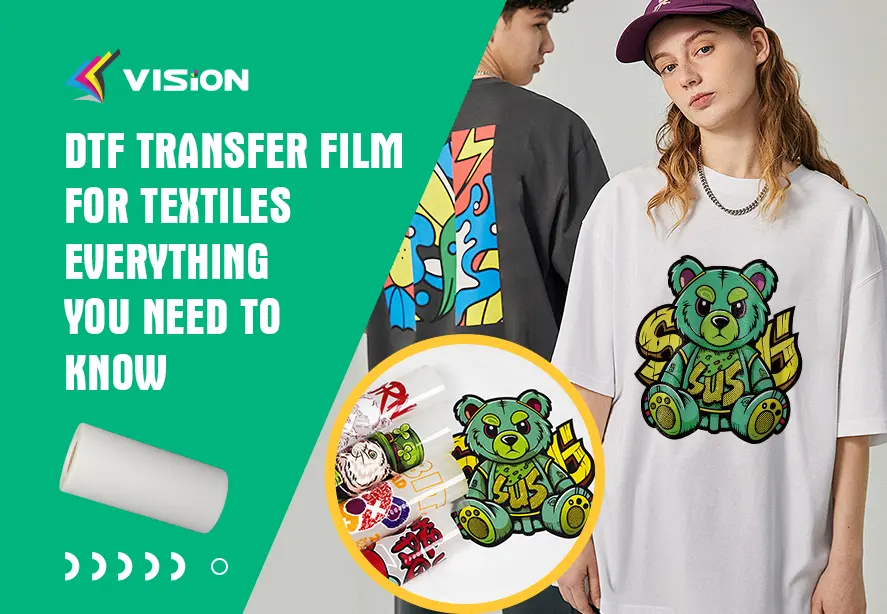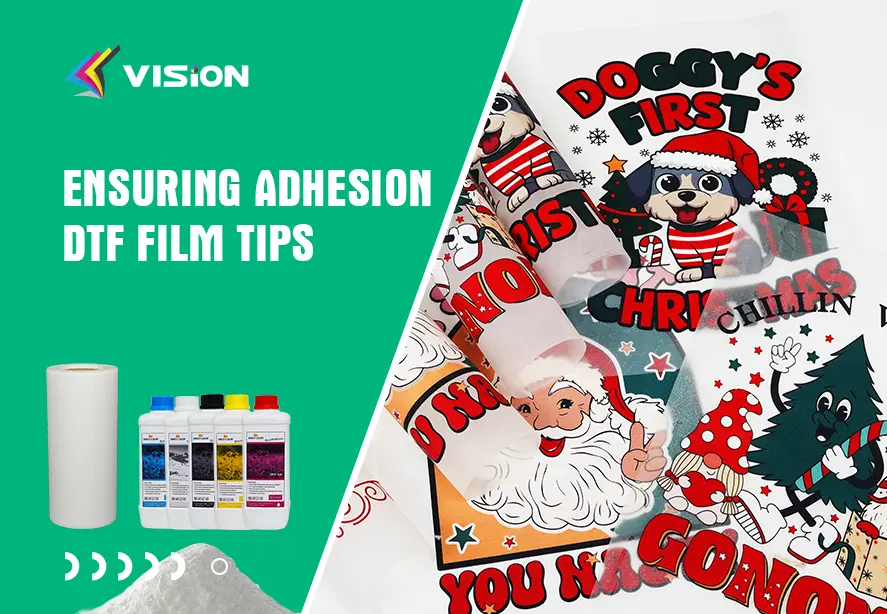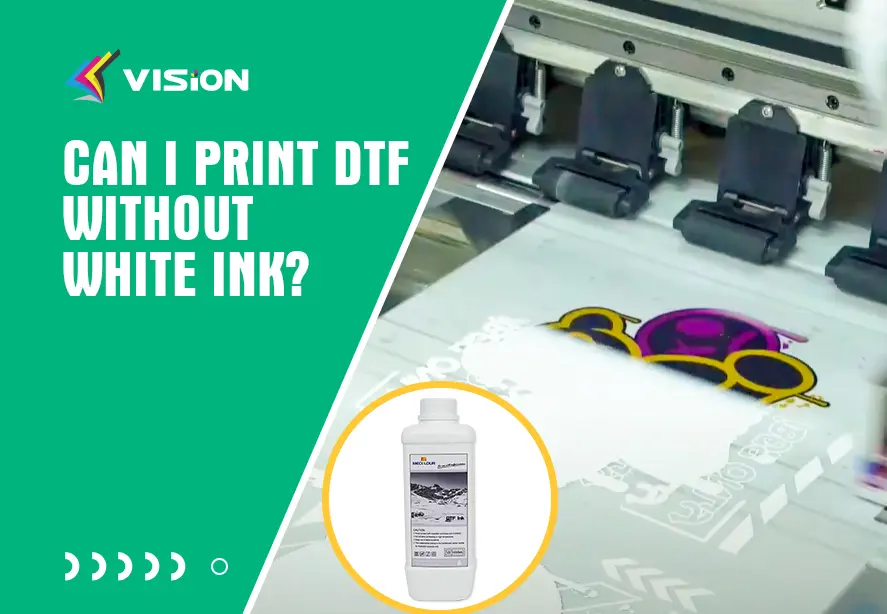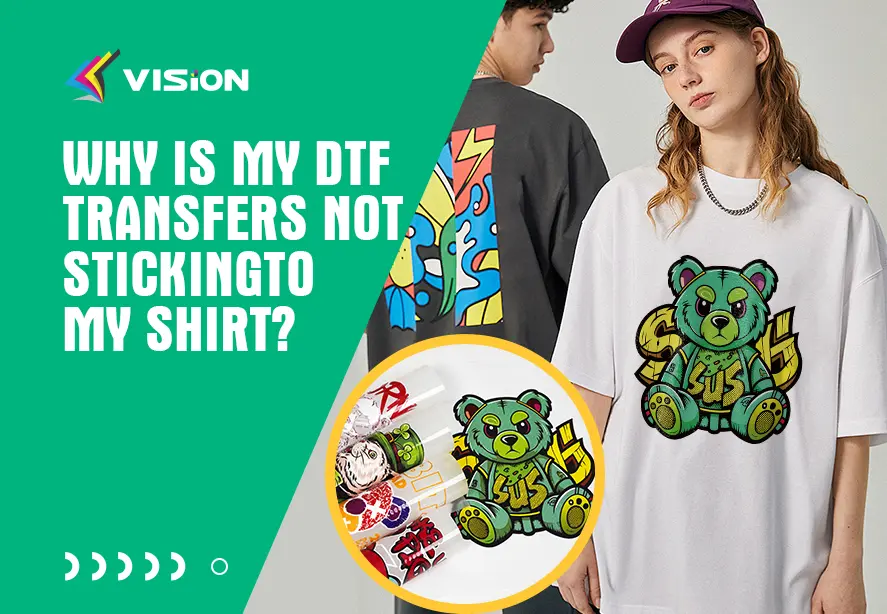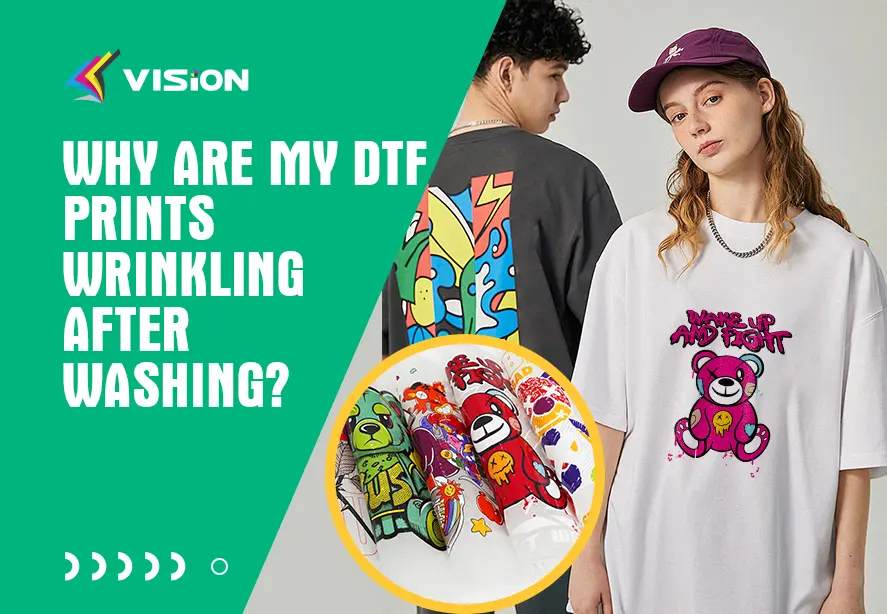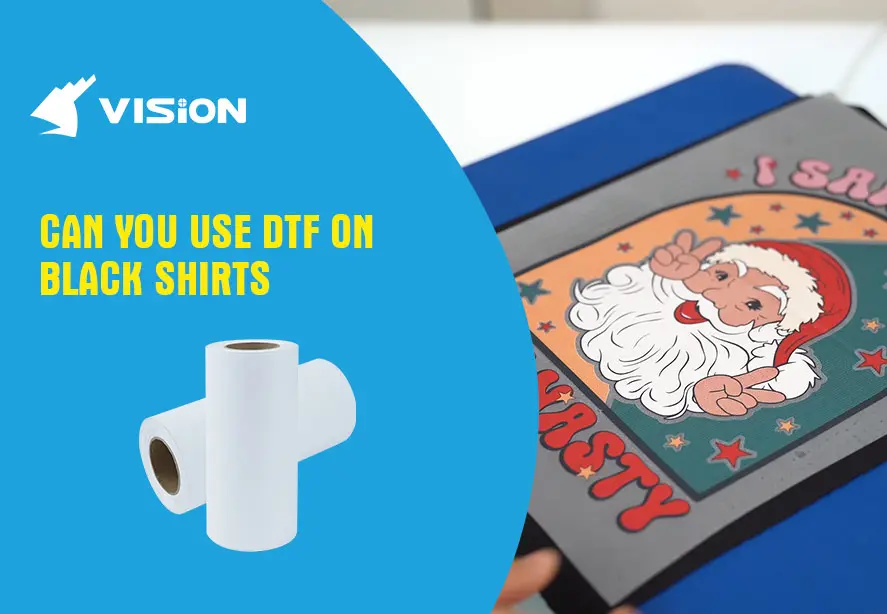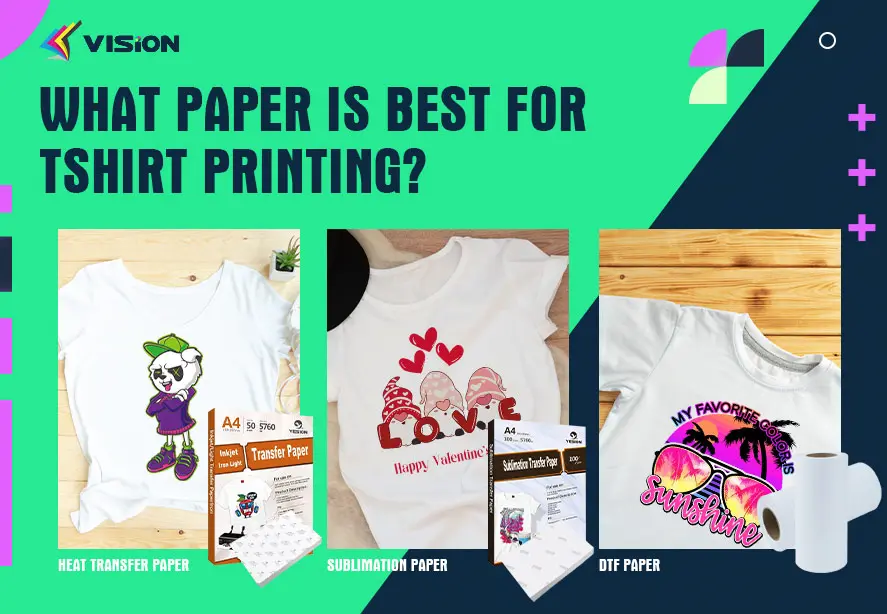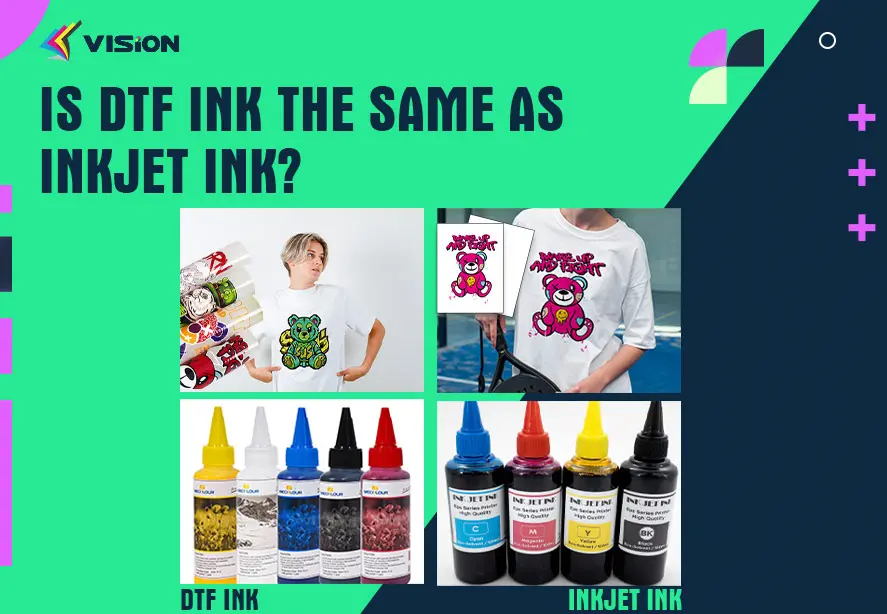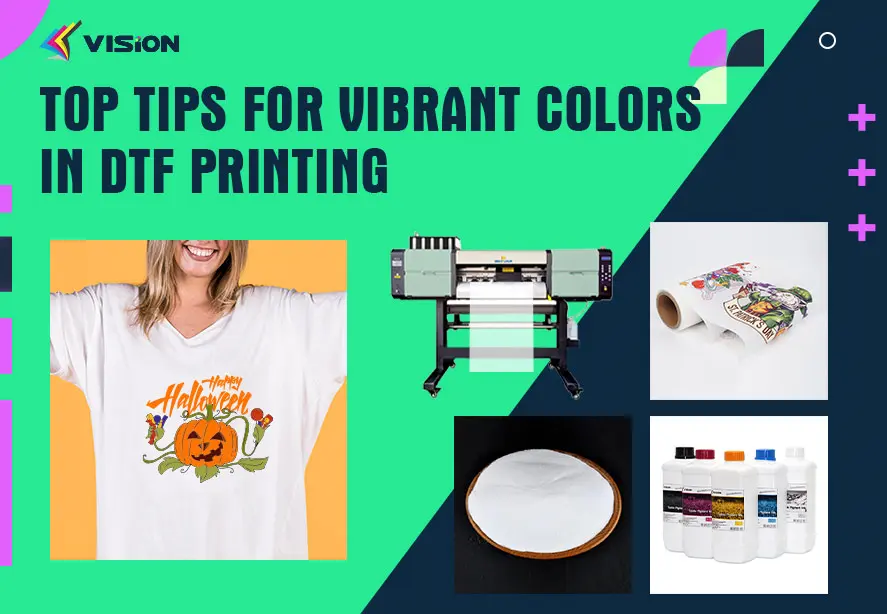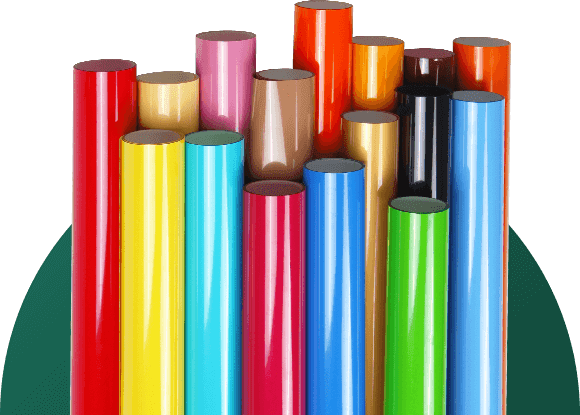
Blog
What machines do you need for DTF printing?
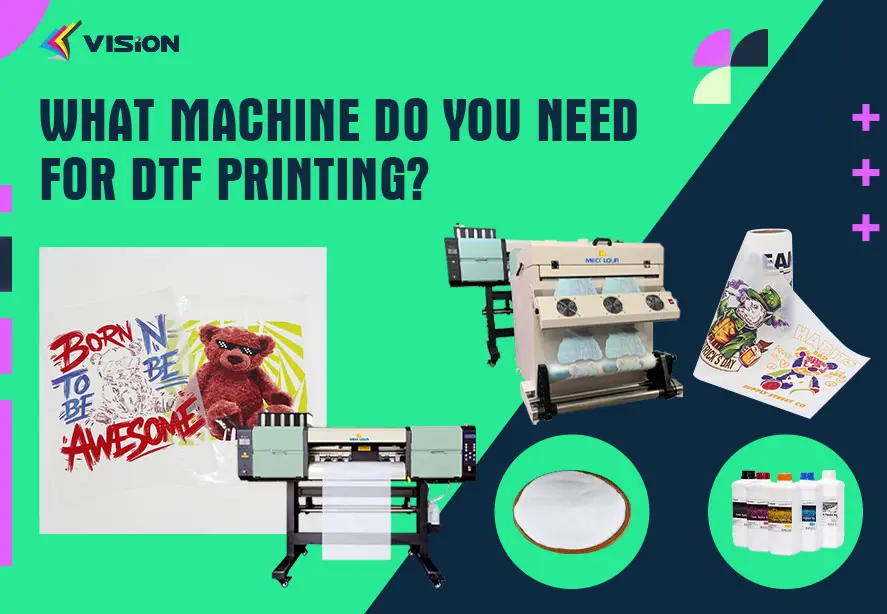
DTF printing has quickly become a popular method for creating high-quality custom transfers, perfect for apparel, accessories, and promotional items. The process involves printing designs onto a special film, applying adhesive powder, and then transferring the print onto fabrics using a heat press. If you’re thinking about starting a DTF printing business or upgrading your current setup, it’s essential to have the right machines for DTF Printing to achieve vibrant and durable results.
Essential Machines for DTF Printing
1. DTF Printer
The DTF printer is the most crucial piece of equipment in the entire process. These printers are specialized inkjet printers that are modified to handle DTF inks and film. They typically include 4-color (CMYK) channels along with a white ink channel to provide the necessary base layer, especially for printing on dark fabrics. Without the white ink, your colors would be less vibrant and hard to see on darker materials.
Popular DTF Printers:
Epson L1800: This is one of the most common choices for small-to-medium operations, offering good print quality and a reasonable price.
Mecolour DTF Printer: Dedicated DTF printers are great for larger production needs and offer reliable and consistent results.
When choosing a DTF printer, make sure it is compatible with both CMYK (cyan, magenta, yellow, black) inks and white ink, which is crucial for vibrant, multi-color designs.
2. Powder Shaker Machine(Optional but Highly Recommended)
After printing your design on DTF film, you’ll need to apply adhesive powder to ensure the print sticks to the fabric during transfer. While this step can be done manually, using a DTF powder shaker significantly speeds up the process and ensures a more even distribution of the adhesive powder.
A DTF powder shaker is a machine designed to apply a uniform layer of powder to the printed film. This not only reduces human error but also increases consistency, especially when producing larger batches. Some DTF powder shakers also come with a curing function to heat the powder and prepare it for the next stage.
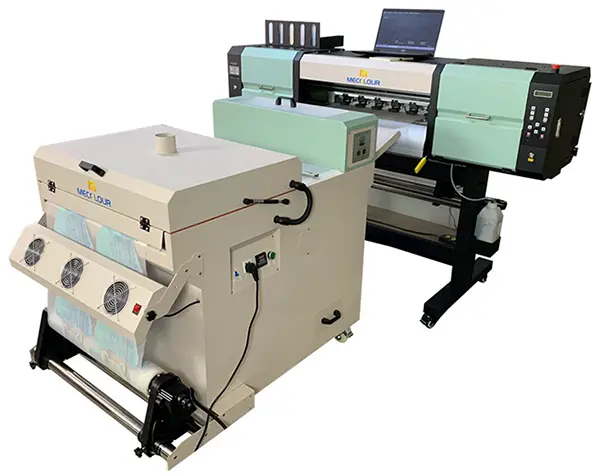
dtf printer and powder shaker
3. Curing Oven or Heat Press: Curing the Powder
Once you apply the DTF powder, the next step is to cure it so that it sticks to the printed design and prepares it for transfer. This is done either with a curing oven or a heat press. The curing process involves applying heat to melt the adhesive powder, which then bonds to the ink on the film.
Curing Temperature and Time: Temperature: Typically, curing requires a temperature between 160°C and 170°C (320°F to 340°F).
Time: The curing time is usually around 2 to 3 minutes, though this can vary depending on the type of powder and the thickness of the design.
A curing oven provides an even distribution of heat and is ideal for high-volume operations. However, if you’re just starting out or working with smaller batches, a heat press can also be used to cure the powder. Just make sure to check your press’s settings to ensure the temperature is high enough for proper curing.
4. Heat Press Machine: Applying the Transfer to Fabric
After curing the film and powder, the final step is to transfer the design onto the fabric. This is where the heat press comes in. The heat press machine applies the required heat and pressure to bond the printed design with the fabric.
What to Look for in a Heat Press:
Adjustable Temperature: A heat press should allow you to set the temperature between 160°C and 180°C (320°F to 356°F) for optimal results.
Pressure Control: The heat press should offer adjustable pressure to ensure the transfer adheres well without over-pressing or causing distortion.
Timer: A digital timer helps ensure the transfer process is precise. Typically, the transfer time is around 10-20 seconds, depending on the material and the transfer size.
Heat presses come in various sizes, from small clamshell models for small businesses to large swing-away presses for high-volume operations. Choose the one that best fits your production needs.
DTF transfers
Other Essential Supplies
Beyond the machines, there are several essential supplies you’ll need to complete the DTF transfer process:
DTF Transfer Film (PET Film): This special polyethylene terephthalate (PET) film is designed for printing and transferring. The film should be high-quality and coated to ensure proper ink adhesion.
DTF Inks (CMYK + White): DTF inks are crucial for producing vibrant, durable prints. The CMYK ink set (cyan, magenta, yellow, black) provides the full spectrum of colors, while the white ink serves as a base for dark-colored fabrics.
Adhesive Powder (Hot Melt Powder): The powder helps the design stick to the fabric during the transfer process. Choose a fine-grain powder for the best results, especially if you’re printing detailed designs.
Starting a DTF printing business or upgrading your current setup requires investing in the right machines and supplies. The key pieces of equipment include a DTF printer for printing the designs, a powder shaking machine for evenly applying adhesive powder, a curing oven or heat press to cure the powder, and finally, a heat press machine to apply the transfer to fabrics.
With the right setup and materials, you can produce high-quality, vibrant DTF transfers that will make your custom prints stand out.
Related:
Can you use DTF film without adhesive powder?
How do I choose a DTF printer with a powder machine?
DTF powder for printing


